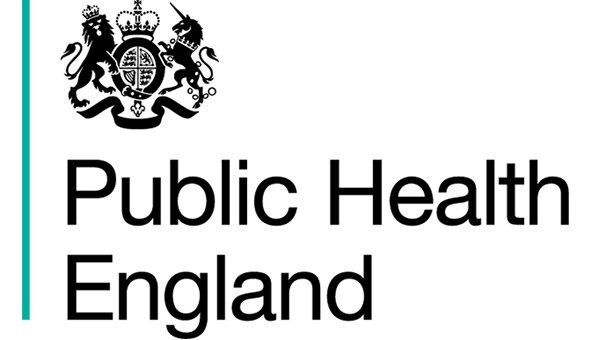Carbon monoxide (CO) is a toxic gas that has been shown to be harmful to health when inhaled due to air pollution, cigarette smoke or gas-leaks. Studies show that the brain is especially vulnerable to CO, which can lead to cognitive and neuropsychiatric problems, and potentially contribute to diseases including stroke and dementia.
The vulnerability to CO is not set but rather changes with age; the
embryo is particularly at risk with low-level CO linked to birth defects. Yet current studies have focused
on the impact of exposure to acute, high levels, and the mechanism by which low-level CO causes
health issues in adults and embryos over time is not known.
The aim of this study is to address this
outstanding question, and determine the effects of CO at exposures ranging from 0-9 ppm on the
brain, looking at the whole scale from cells and tissues, to organ/organism function and structure.
To study the effects on adult cells, isolated human brain cells and brain blood vessel cells will be studied, following exposure to CO. To understand more complex interactions in tissues, blood
vessel cells will be grown as 3D structures and examine changes occurring after CO exposure.
To study embryonic
development and obtain mechanistic insight into how CO exposure results in specific insults during
pregnancy, a model organism (chick embryo) will be used and the embryonic brain tissue will be studied. A comparison will be made between the structure and development of the brain in chick embryos exposed to CO (for up to
10 days) versus embryos not exposed to CO.
In parallel, healthy adult volunteers will be exposed to low-level CO on three consecutive days and test their cognition, neurological and cerebral blood vessel function. Blood samples will be taken to test for CO biomarkers and markers of inflammation, oxidative stress and gene expression. Tests will also be done on a fourth, follow-up day to see whether measurements return to normal after CO exposure.
These studies will help to identify the regions and cell types of the brain and brain vasculature that are
affected by low-level CO. They will help to identify changes in cellular functions with emphasis on
cellular pathways involved in inflammation, oxidative cell stress and cell death as well as alterations
in key proteins.
By using an in vivo model system (chick) and a 3D human tissue model, these studies
will reveal how CO exposure affects more complex interactions with the body, for instance, by
examining cellular organisation and tissue structure in tissues exposed to CO compared to healthy
unexposed models. The human experiments will help us understand how CO directly impacts the adult
brain.
The findings from the proposed study will provide a better understanding of how low-level CO causes
or contributes to disease. This knowledge is critical as it will reveal the risks and health outcomes
associated with low-level CO exposure. Additionally, the data generated will help raise awareness,
inform support and prevention strategies and identify potential routes for treatment.
























